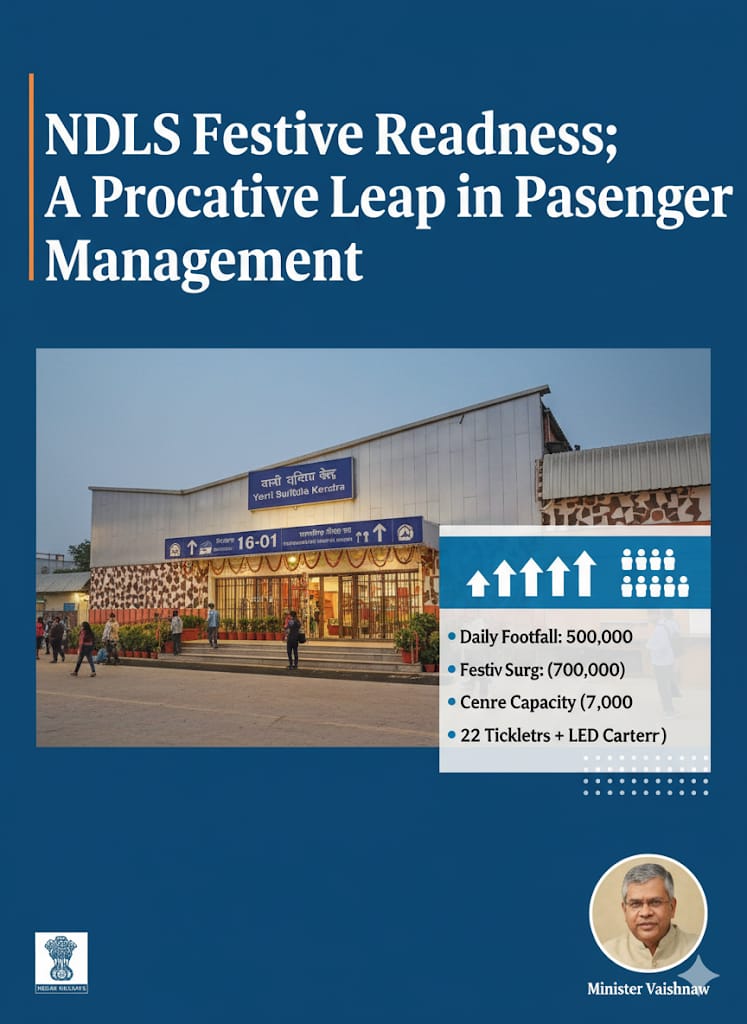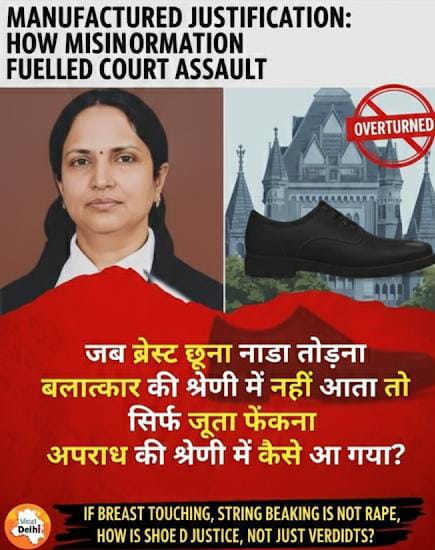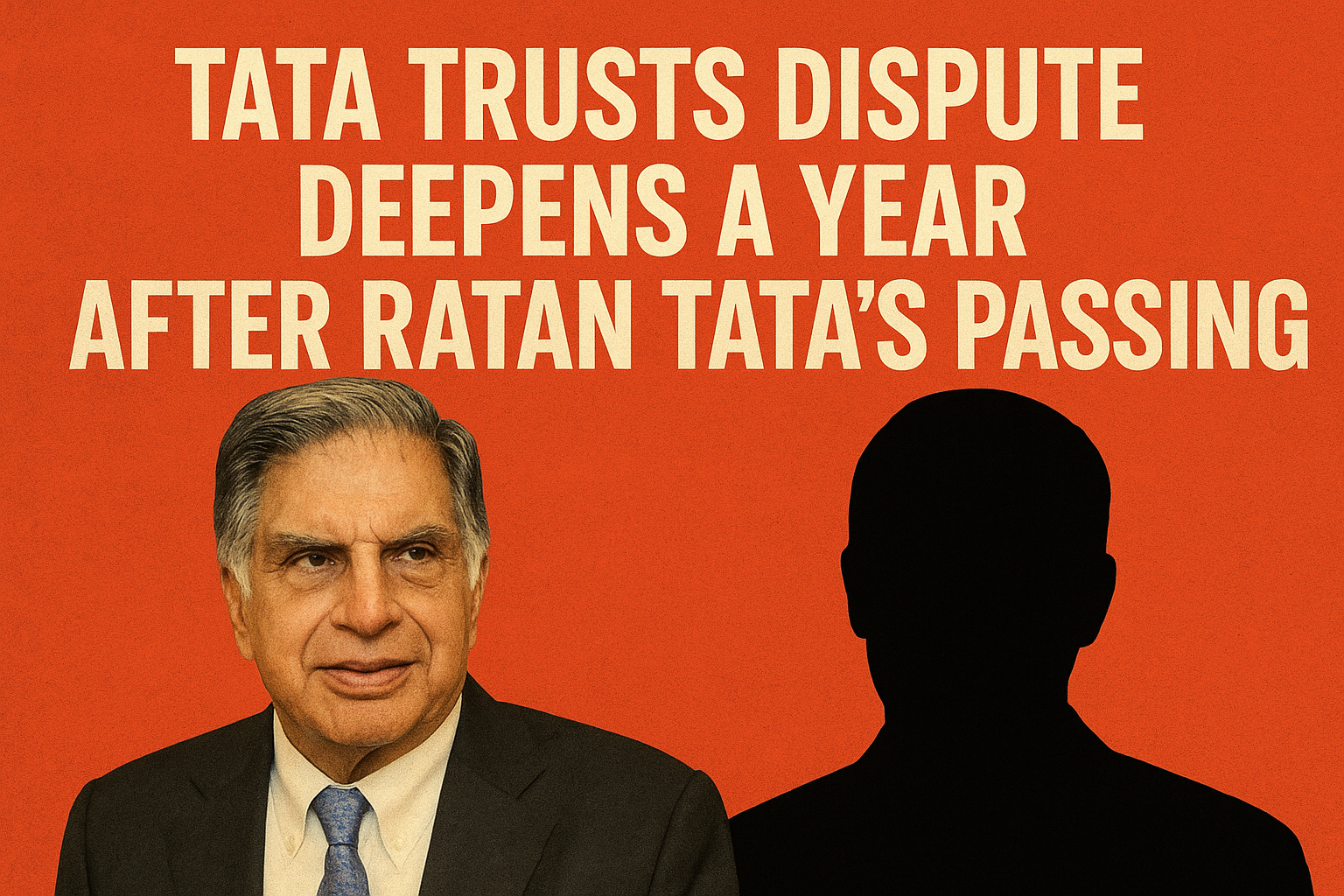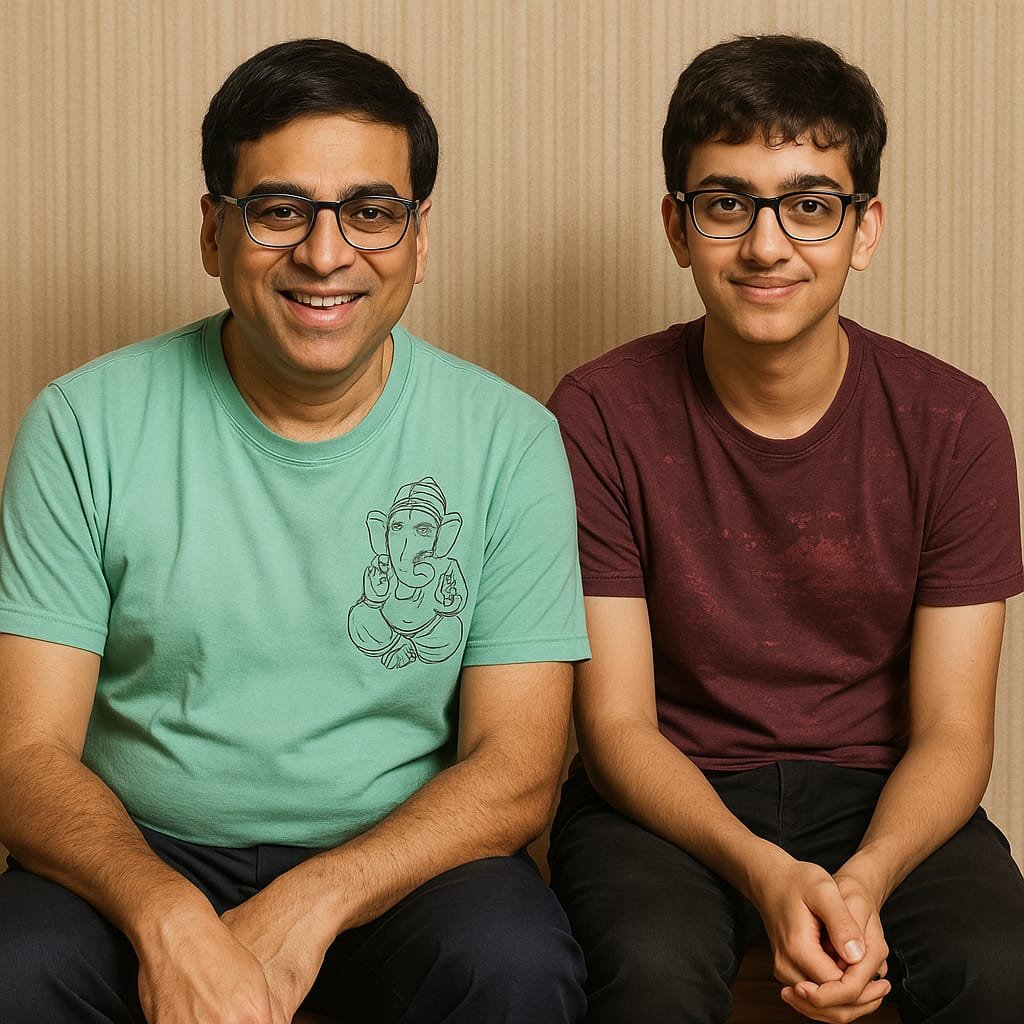
In many Indian families, there’s an unspoken rule that success means becoming an engineer or a doctor. So when someone chooses a different path, it not only stands out but also inspires. Akhil Anand, teenage son of world-renowned chess grandmaster Viswanathan Anand, is doing just that. While his father works with logic and strategy on a 64-square chessboard, Akhil works with colours, patterns, and spirals as he shapes a future in art rather than in chess or academics.
At just 14 and a student of Class 9, Akhil is already preparing for his first solo art exhibition in Chennai. That’s no small feat, especially in a society where most teenagers are steered toward coaching centres and entrance exam prep. His journey is a reminder that talent and passion don’t have to follow family traditions or social expectations.
India has long viewed career choices through a narrow lens. According to data from the National Sample Survey Office (NSSO) and the Ministry of Education, nearly 80% of Indian students in urban areas are encouraged to pursue engineering, medicine, or commerce. Creative fields like art, music, or dance are often seen as hobbies—not serious professions. A 2021 report by the Observer Research Foundation noted that only about 1.5% of Indian students consider visual arts or design as a career.
Against this backdrop, Akhil Anand’s journey stands out. He is not only stepping out of the shadow of his legendary father but also questioning the idea that success must be measured by logic, grades, or degrees. In a media interview, Akhil shared, 'Appa doesn’t give advice, but he listens.' That simple statement says a lot about the freedom he enjoys at home, where support matters more than pressure.
Akhil’s art draws deeply from Indian folk traditions like Gond, Warli, Madhubani, and Kalamkari. He reimagines epics such as the Mahabharata’s Chakravyuh not through scenes of battle, but as spinning vortexes and intricate patterns. His paintings go beyond visuals, blending mathematics, mythology, science, and emotion into a single creative expression.
Remarkably, Akhil incorporates the Fibonacci sequence and geometric concepts into his designs—ideas typically introduced much later in school. Yet he uses them with ease to express his view of the world, showing that art and science can go hand in hand. There’s no need to choose one over the other.
Beyond painting, Akhil is exploring weaving and how geometry influences fabric design and digital art. He also leads a youth initiative called Akhilisms, which transforms his artwork into lifestyle products such as clothing, prints, and posters. His journey shows that art is not limited to galleries; it can be practical, enterprising, and deeply imaginative at the same time.
When asked if he plans to make art a full-time career, Akhil replied, “I don’t know what I’ll become. But I know art will always be part of it.” His honesty reflects the joy of discovering one’s path through curiosity rather than labels like doctor, engineer, or MBA.
In many Indian households, the standard question is, “Beta, kya banna hai?” (What do you want to become?) Akhil’s story urges us to ask a deeper question: not just what we want to become, but who we are becoming.
There’s an urgent need to support young people who think differently. India is home to thousands of talented students in non-academic fields, but they lack platforms and encouragement. Akhil Anand’s journey proves that with freedom and support, young minds can create something extraordinary—even if it doesn’t look the way society expects.
In the end, life isn’t just a chessboard where every move is planned. Sometimes, it’s a canvas of infinite colours waiting for one bold stroke. Akhil Anand has started his journey with a bold brushstroke, and it is already inspiring others to follow their own path.




.jpeg)
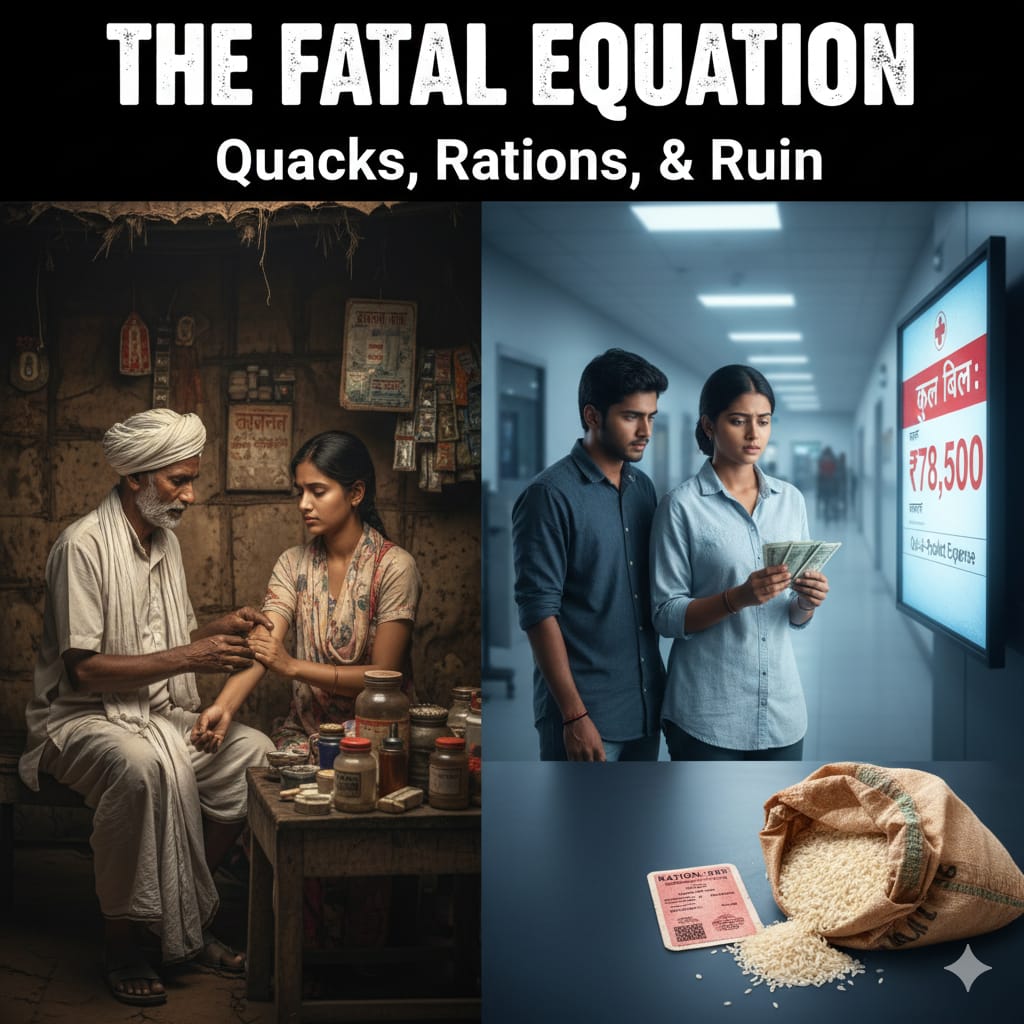
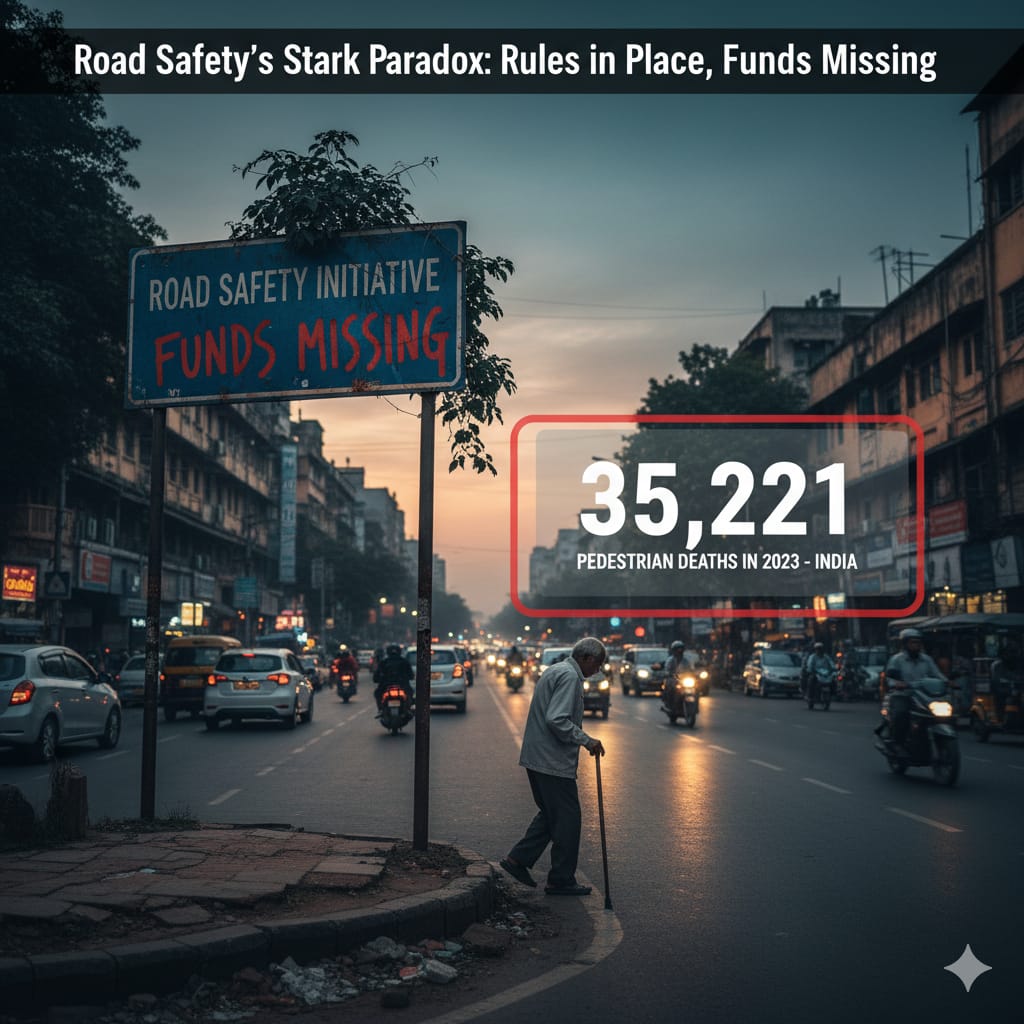
.jpeg)
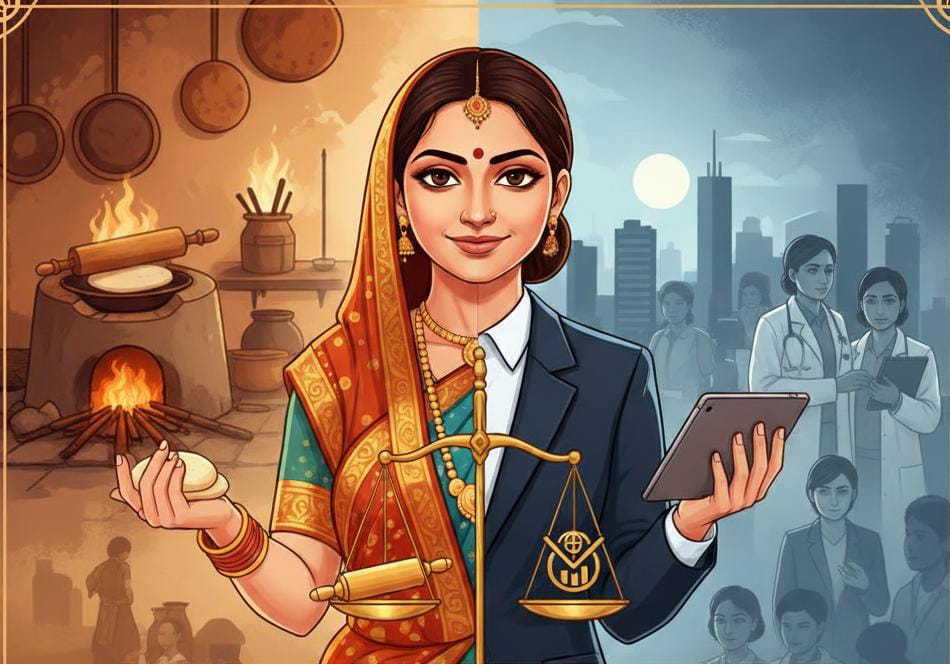
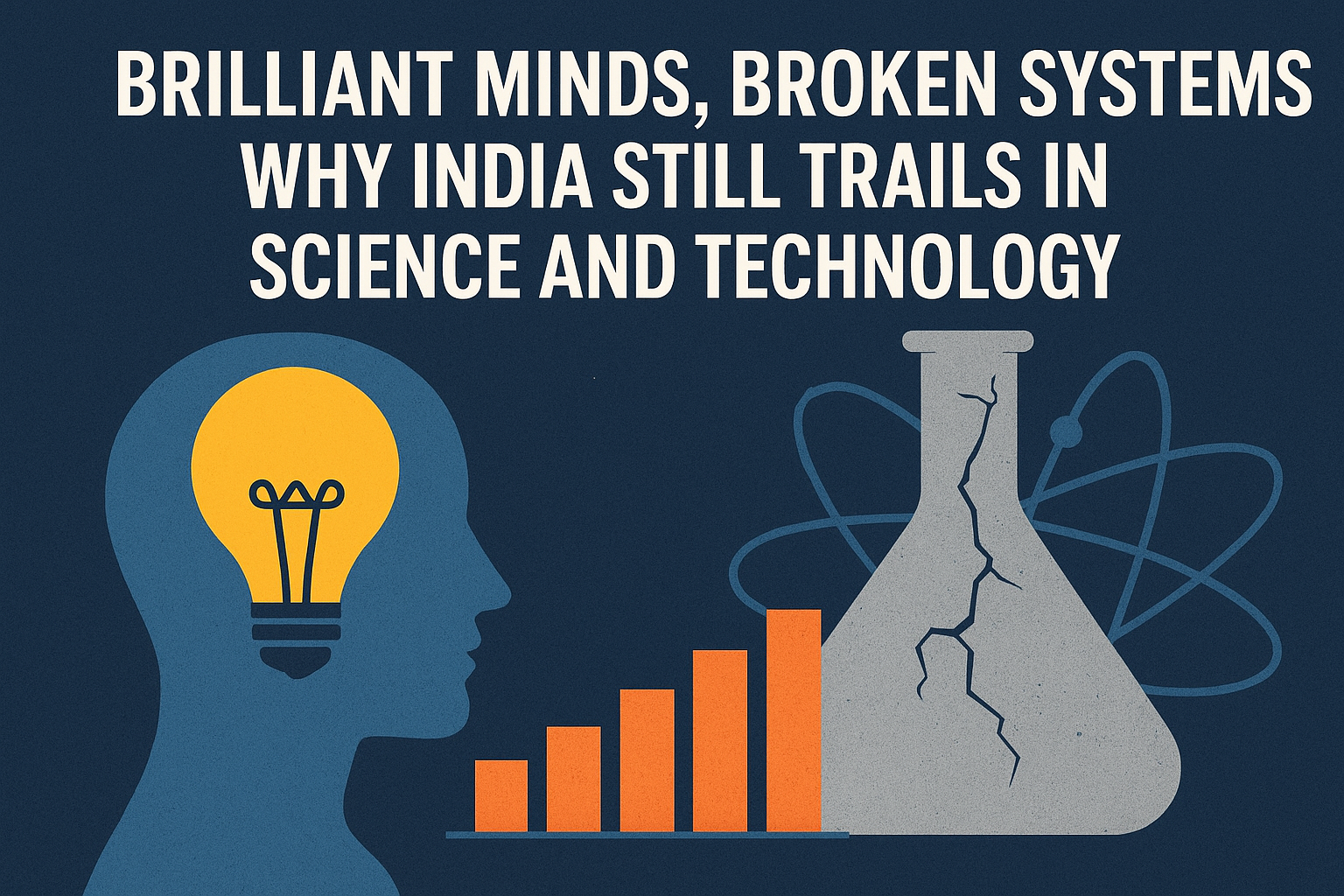


.jpeg)
